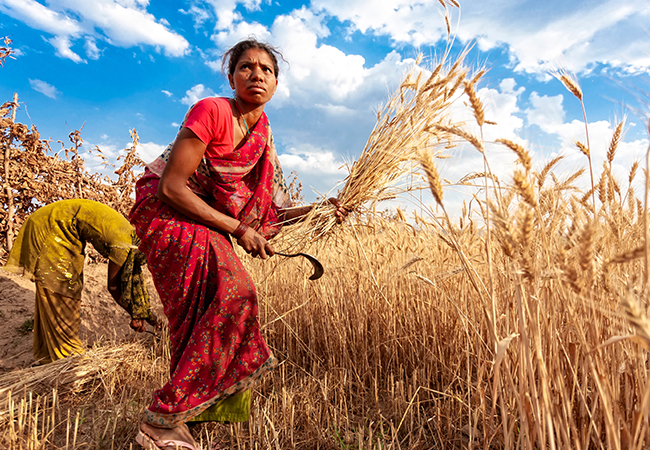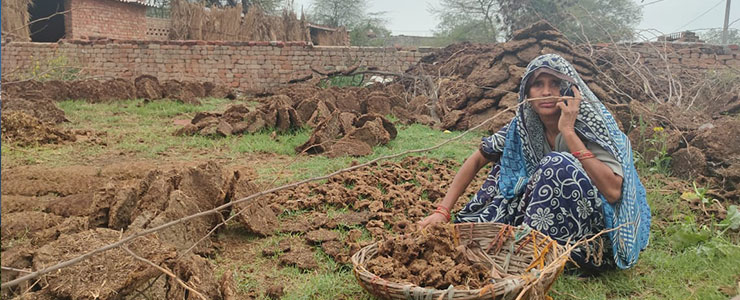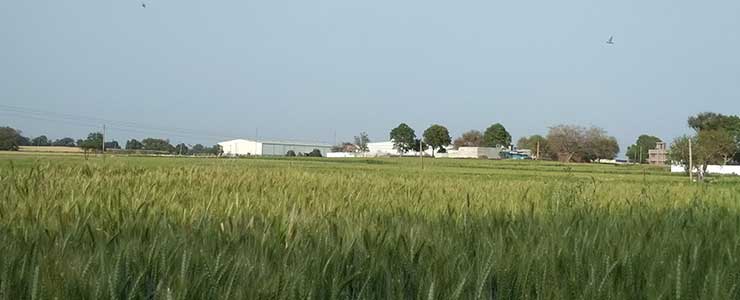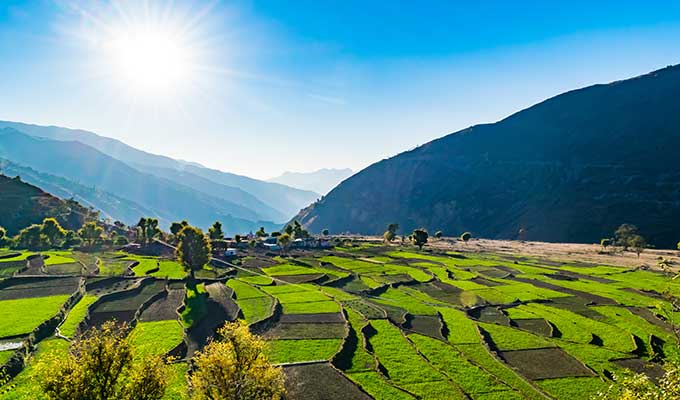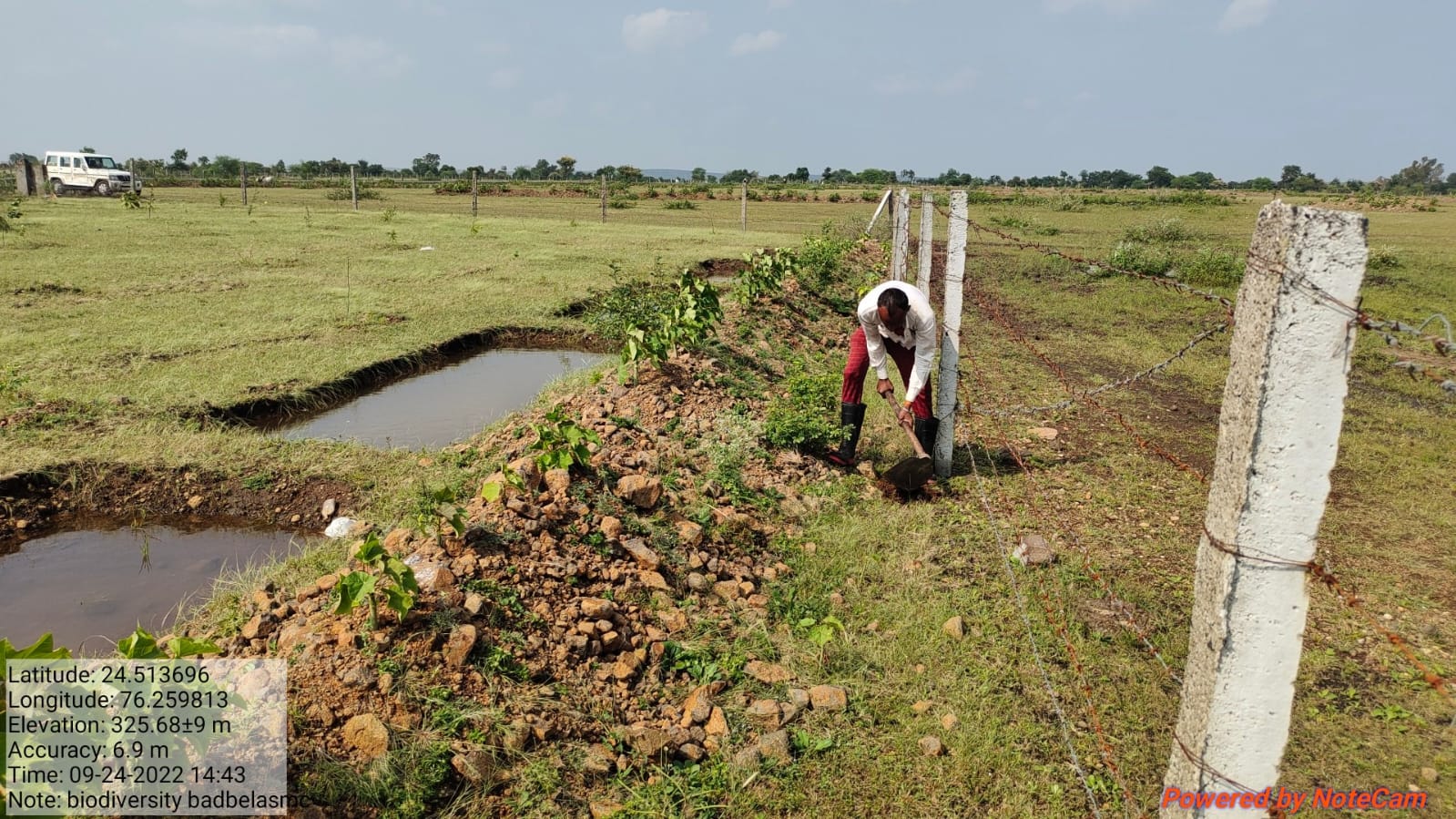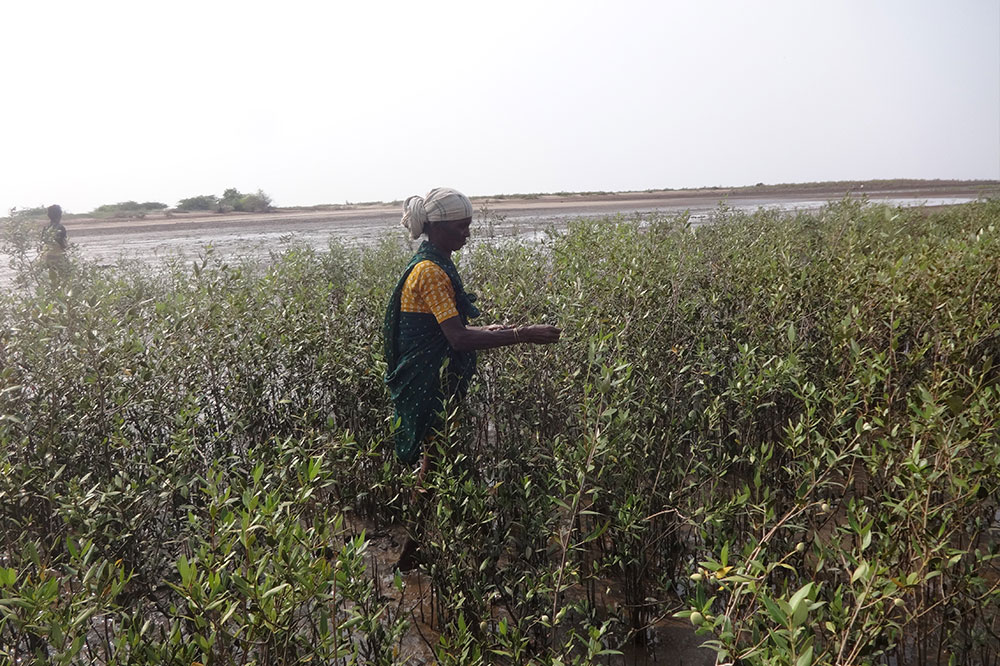Important message
December 13, 2025
| The Telegraph
Belém has delivered a message that the world cannot ignore. Climate justice begins with those who protect the forests. The next step belongs to governments, including India, to act on that truth, writes Mr Sayanta Ghosh, Associate Fellow, Land Resources Division, TERI.
COP30: How Article 6.4 Can Unlock Carbon Finance for Rural India
November 12, 2025
,
| The Quint
To achieve real climate equity, carbon markets must reward those who nurture the land and forests, write Mr Sayanta Ghosh, Associate Fellow and Dr Jitendra Vir Sharma, Senior Director and Land Resources Division, TERI.
Explained: India’s Biodiversity Credits Can Succeed If Communities Are Involved
October 25, 2025
,
| The Quint
Biodiversity credits are financial instruments designed to channel funding from individuals and companies towards the conservation, restoration, and sustainable use of biodiversity-rich areas write Mr Sayanta Ghosh, Associate Fellow and Dr Jitendra Vir Sharma, Senior Director, Land Resources Division, TERI.
MSU’s AIPRIS, TERI sign MoU for policy research Collaboration
September 9, 2025 |
September 9, 2025
The Times of India
In a bid to strengthen research and policy partnerships, M S University's Atal Bihari Vajpayee Institute of Policy Research and International Studies (AIPRIS) has signed a MoU with The Energy and Resources Institute (TERI). The agreement sets a framework for joint work in policy research, advocacy and capacity-building, with a focus on addressing emerging global and regional challenges in sustainable development.
Global REDD+ standards fail local forests
August 20, 2025
,
| Mongabay India
Unlocking India’s REDD+ potential would channel climate finance into one of the most diverse forest estates, benefiting millions of forest-dependent people and meeting climate goals, write Mr Sayanta Ghosh, Associate Fellow and Dr Jitendra Vir Sharma, Senior Director, Land Resources Division, TERI.
Training workshop on forest and climate change held at SKUAST-K
August 6, 2025 |
August 6, 2025
Rising Kashmir
The Land Resources Division of The Energy and Resources Institute (TERI), with support from the Ministry of Environment, Forest and Climate Change (MoEFCC), Government of India, held a three-day training workshop titled "Forest and Climate Change: Opportunities and Challenges of Adaptation and Mitigation" at Sher-e-Kashmir University of Agricultural Sciences and Technology of Kashmir (SKUAST-K).

